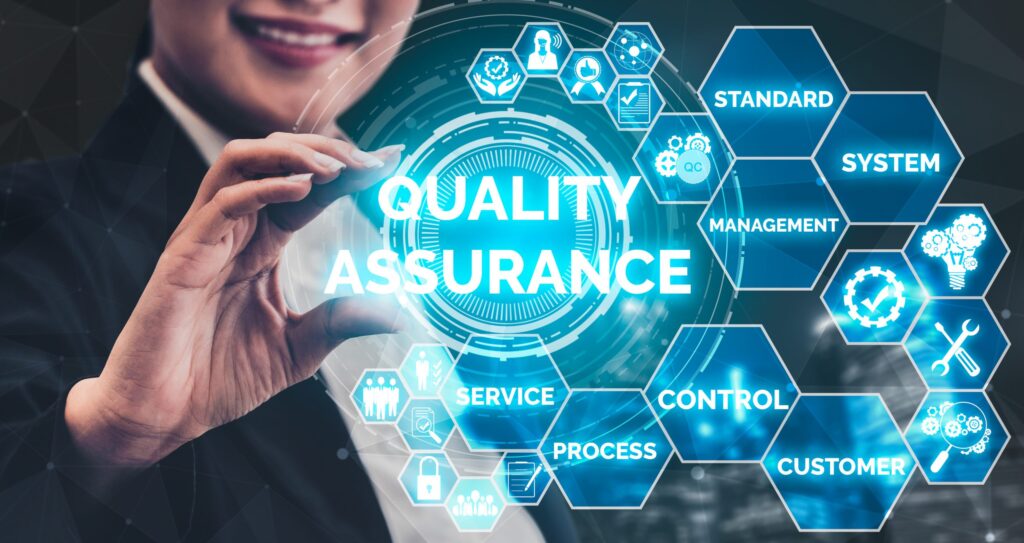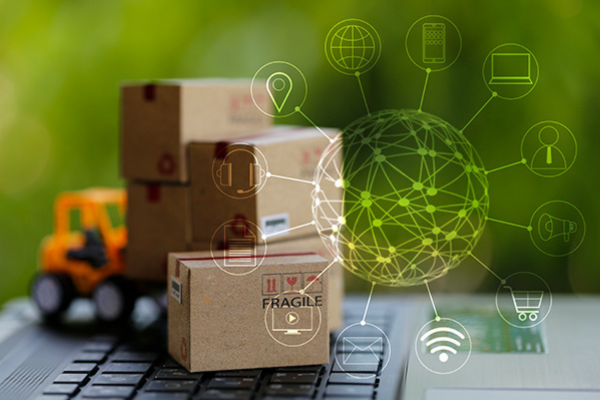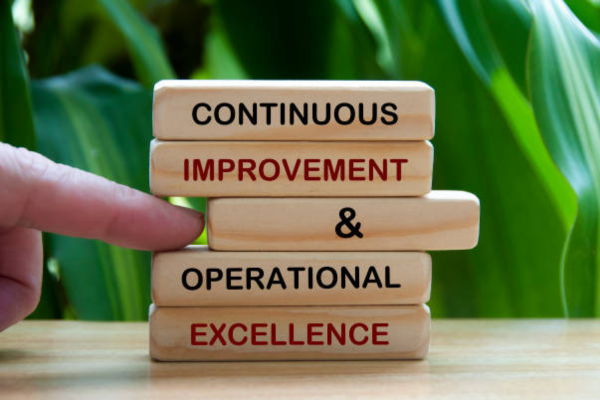Quality Assurance & Control
Quality assurance and control is a crucial aspect of any manufacturing or service-based organization. It involves a systematic approach to ensuring that products, processes, and services meet or exceed specified quality standards and customer expectations. The goal of quality assurance and control is to identify and rectify any deviations or defects, resulting in improved product reliability, customer satisfaction, and overall organizational performance.
Quality assurance refers to the proactive measures taken to prevent defects and ensure that quality standards are met throughout the entire production or service delivery process. It involves the establishment of quality management systems, procedures, and guidelines to guide and monitor all aspects of the organization’s operations. Quality assurance focuses on prevention, early detection, and continuous improvement through the implementation of quality control activities.
Quality control, on the other hand, involves the inspection, testing, and evaluation of products, processes, and services to identify any deviations from the established quality standards. It includes activities such as sampling, measurement, data analysis, and documentation. Quality control ensures that products or services conform to the specified requirements and enables organizations to take corrective actions when necessary.

Services
The key components of a quality assurance and control service include:

Quality Planning

Quality Control Tools & Techniques

Inspection & Testing

Documentation & Record Keeping

Supplier Quality Management

Continuous Improvement
A robust quality assurance and control service helps organizations achieve consistency, efficiency, and customer satisfaction. It ensures that products or services meet the required quality standards, reduces waste and rework, enhances productivity, and promotes a culture of excellence and continuous improvement throughout the organization.
© 2023 Innovative Engineering Services. Designed & Developed with by The Haribol Technologies
